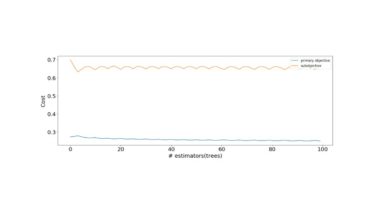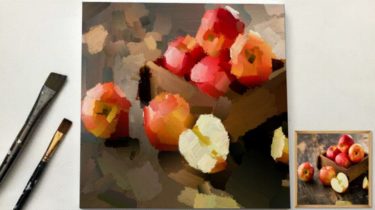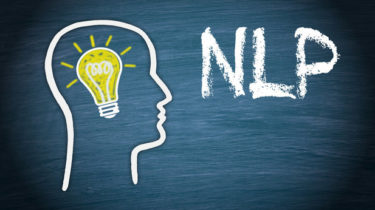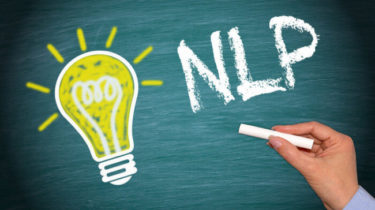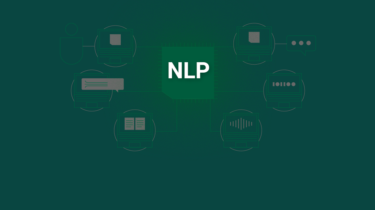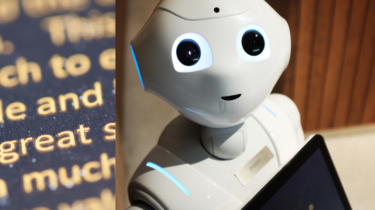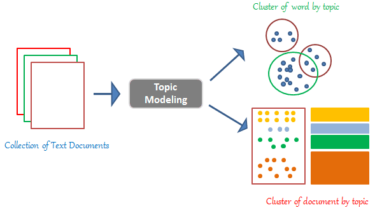A Katherine Crowson VQGAN+CLIP derived Google colab notebook
VQGAN-CLIP A repo for running VQGAN+CLIP locally. This started out as a Katherine Crowson VQGAN+CLIP derived Google colab notebook. Some example images: Environment: Tested on Ubuntu 20.04 GPU: Nvidia RTX 3090 Typical VRAM requirements: 24 GB for a 900×900 image 10 GB for a 512×512 image 8 GB for a 380×380 image Still a work in progress – I’ve not actually tested everything yet 🙂 Example set up using Anaconda to create a virtual Python environment with the prerequisites: conda […]
Read more
